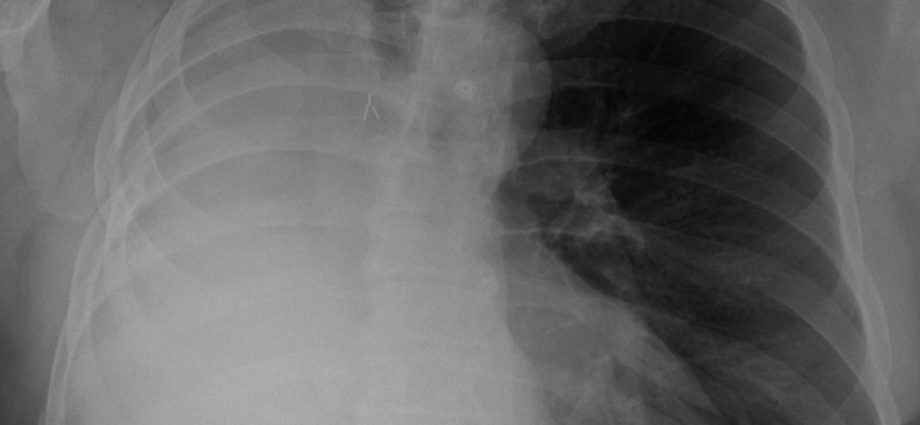The FDA has cleared new AI-powered mobile X-ray device by GE Healthcare. The company claims the the algorithms, called the Critical Care Suite, can reduce the time to diagnose a collapsed lung to as little as 15 minutes; traditional diagnosis by a medical team could take up to eight-hours.
The collection of AI algorithms, is able to prioritize critical cases of a type of collapsed lung known as pneumothorax. The algorithms will not change human involvement in medical screenings, however by offering automated quality checks they may detect errors before being reviewed by radiologists.
Currently a prioritized X-ray may wait up to eight hours before a radiologist’s review. The Critical Care Suite will automatically analyze the images after they are taken and search for signs of pneumothorax. If that injury is suspected, the device will send an alert – along with the original X-ray directly to the radiologist.
AI is expected to have an increasing role in healthcare, specifically medical imaging. Recently Google Cloud partnered with the Mayo Clinic to use AI for medical research. This technology by GE Healthcare functions without the need of connectivity to the cloud.
The company says Critical Care Suite is just the beginning. Pointing to plans of integrating AI in all aspects of healthcare. AI, already has strong evidence of successfully avoiding human errors in medical imaging. A 2016 study by Frost and Sullivan found artificial intelligence has the potential to reduce medical errors by 30-40% and treatment expenses by as much as 50%.
Also in 2016, engineers created a technique that uses AI for differentiating cancer cells from normal breast tissue cells. The AI was able to differentiate with 92% accuracy. Pathologists were able to beat that AI by identifying 96% of the biopsy samples with cancer cells. But the possibility of using AI to prioritise screening, and possibly even dispute false negatives resulting from human error is very promising.
Header Image by Doc James
Mason Pelt, is a guest author for Internet News Flash. He’s been a staff writer for SiliconANGLE and has written for TechCrunch, VentureBeat, Social Media Today and more.
He’s a Managing Director of Push ROI, and he acted as an informal adviser when building the first Internet News Flash website. Ask him why you shouldn’t work with Spring Free EV.

Comments are closed, but trackbacks and pingbacks are open.